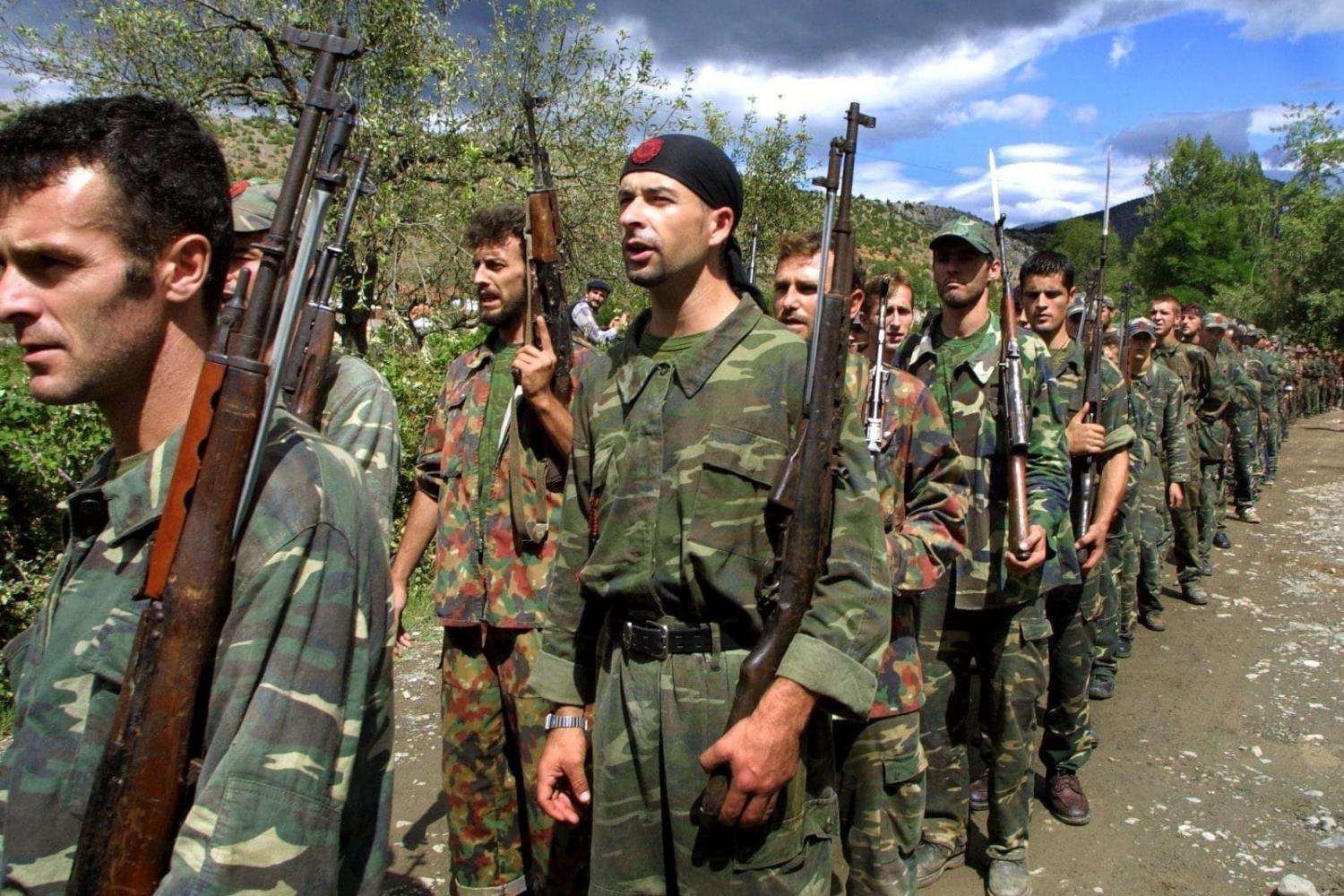
Insurgency in Macedonia has a complex history that spans decades, involving various ethnic groups and political factions. Did you know that the conflict primarily involves the Albanian minority seeking greater rights and autonomy? This struggle has led to numerous clashes, peace agreements, and international interventions. Understanding the roots of this insurgency requires looking at the breakup of Yugoslavia, the rise of nationalism, and the impact of regional politics. Why does this matter? Because the stability of Macedonia affects the entire Balkan region, influencing everything from economic development to international relations. Ready to learn more? Here are 25 facts that will give you a deeper insight into the insurgency in Macedonia.
Key Takeaways:
- Macedonia's history of insurgency stems from centuries of conflict, from Ottoman rule to ethnic tensions. The 2001 Albanian insurgency and its aftermath continue to impact the country's social and economic well-being.
- The insurgency in Macedonia has left a lasting mark, leading to displacement, economic challenges, and strained social services. Despite progress, the country still faces hurdles in reconciliation and rebuilding.
Historical Background
Understanding the insurgency in Macedonia requires a look into its historical context. This region has seen numerous conflicts and power struggles over the centuries.
- The Ottoman Empire ruled Macedonia for over 500 years, from the late 14th century until the early 20th century.
- The Ilinden Uprising of 1903 was a significant revolt against Ottoman rule, led by the Internal Macedonian Revolutionary Organization (IMRO).
- After the Balkan Wars (1912-1913), Macedonia was divided among Serbia, Greece, and Bulgaria.
- During World War II, Macedonia was occupied by Axis powers, leading to further resistance movements.
- Post-WWII, Macedonia became a part of Yugoslavia until its dissolution in the early 1990s.
Ethnic Tensions
Ethnic diversity in Macedonia has often been a source of tension, contributing to insurgent activities.
- Macedonia is home to a significant Albanian minority, making up about 25% of the population.
- The Albanian insurgency in 2001 was driven by demands for greater rights and recognition.
- The Ohrid Framework Agreement of 2001 aimed to address these ethnic tensions by granting more rights to Albanians.
- Ethnic Macedonians and Albanians have had a history of strained relations, often leading to clashes.
- The National Liberation Army (NLA) was a key player in the 2001 insurgency, fighting for Albanian rights.
Political Landscape
The political environment in Macedonia has also played a crucial role in the insurgency.
- Macedonia declared independence from Yugoslavia in 1991, leading to a period of political instability.
- The 1990s saw the rise of nationalist parties, which often exacerbated ethnic tensions.
- The Social Democratic Union of Macedonia (SDSM) and the VMRO-DPMNE are the two main political parties, often at odds over ethnic issues.
- Corruption and political patronage have been persistent problems, undermining trust in the government.
- International organizations like the EU and NATO have been involved in mediating conflicts and promoting stability.
Military and Security
The military and security situation in Macedonia has been shaped by its insurgent history.
- The Macedonian Army was established in 1992, following independence.
- During the 2001 insurgency, the Macedonian security forces were often criticized for human rights abuses.
- NATO played a significant role in disarming insurgents and stabilizing the region post-2001.
- The EUFOR Concordia mission in 2003 helped maintain peace and security.
- Border security remains a critical issue, especially with neighboring Kosovo and Albania.
Social and Economic Impact
The insurgency has had lasting effects on Macedonia's social and economic landscape.
- The 2001 conflict led to significant displacement, with thousands of people forced to flee their homes.
- Economic development has been hampered by ongoing political instability and ethnic tensions.
- Unemployment rates remain high, particularly among the Albanian minority.
- Education and social services have been strained, with disparities between ethnic groups.
- Despite these challenges, Macedonia has made strides in reconciliation and rebuilding, though much work remains.
Final Thoughts on Macedonian Insurgency
Understanding the insurgency in Macedonia offers a glimpse into a complex chapter of Balkan history. The conflict, rooted in ethnic tensions and political struggles, has shaped the region's modern landscape. From the Ohrid Framework Agreement to the role of international organizations, each fact highlights the multifaceted nature of this insurgency.
Learning about these events helps us appreciate the resilience of the people and the ongoing efforts for peace and stability. It’s a reminder of how historical conflicts continue to influence present-day politics and society.
By exploring these facts, we gain a deeper understanding of the challenges and triumphs that have defined Macedonia's journey. This knowledge not only enriches our perspective but also fosters a greater appreciation for the complexities of global history.
Frequently Asked Questions
Was this page helpful?
Our commitment to delivering trustworthy and engaging content is at the heart of what we do. Each fact on our site is contributed by real users like you, bringing a wealth of diverse insights and information. To ensure the highest standards of accuracy and reliability, our dedicated editors meticulously review each submission. This process guarantees that the facts we share are not only fascinating but also credible. Trust in our commitment to quality and authenticity as you explore and learn with us.
